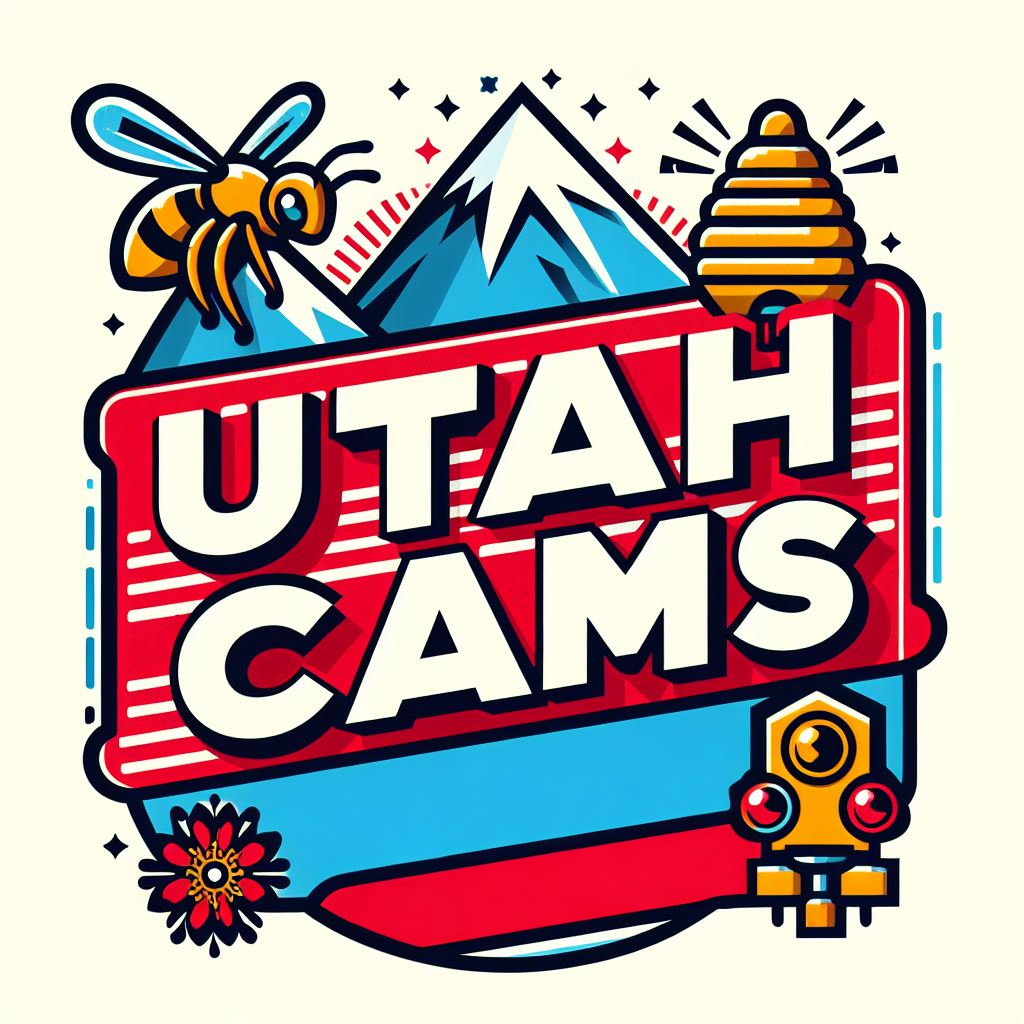Canyonlands National Park, UT Weather Cams
Island in the Sky Cam

Castleton Tower

Bald Mesa

SIx Shooter Peaks

Abajo Peak

Canyonlands National Park: A Geological Tapestry of Time and Terrain
Canyonlands National Park Webcams. Canyonlands National Park, situated in southeastern Utah, is a land of rugged beauty, dramatic landscapes, and ancient history. Spanning over 337,000 acres of pristine wilderness, the park is renowned for its stunning canyons, towering mesas, and sculpted rock formations, which have been shaped by millions of years of geological forces. From its ancient origins as a seabed to its designation as a national park, Canyonlands’ story is one of geological wonder, human exploration, and the enduring power of nature.
Geological Origins: Carved by Water and Time
The history of Canyonlands National Park begins over 300 million years ago during the late Paleozoic era, when the region was covered by a vast inland sea. Over millions of years, layers of sediment accumulated on the sea floor, gradually compressing into rock layers known as the Cutler Formation.
Around 65 million years ago, tectonic forces began to uplift the Colorado Plateau, exposing the layers of sedimentary rock to the erosive forces of wind and water. Over time, these forces sculpted the landscape into the intricate formations that we see today, including the park’s iconic canyons, arches, and mesas.
Native American Heritage: Guardians of the Canyonlands
For thousands of years, Native American tribes, including the Ancestral Puebloans, Ute, and Navajo peoples, have inhabited the region surrounding Canyonlands. These indigenous peoples have a deep spiritual connection to the land and the canyons, which they regard as sacred places of refuge and renewal.
The Ancestral Puebloans, in particular, left a rich legacy of rock art and archaeological sites throughout the park, including the famous Puebloan cliff dwellings at Horseshoe Canyon and the Great Gallery. These ancient sites offer a glimpse into the lives and cultures of the people who called Canyonlands home thousands of years ago.
European Exploration and Settlement
European exploration of Canyonlands began in the 19th century with the arrival of Spanish explorers and fur trappers in search of new trade routes and resources. The first recorded exploration of the region was led by Spanish missionary Francisco Atanasio Domínguez and his companion Silvestre Vélez de Escalante in 1776.
In the late 19th and early 20th centuries, Canyonlands attracted a new wave of explorers and settlers drawn to the region’s natural beauty and untamed wilderness. Homesteaders, ranchers, and prospectors established settlements and mining camps in the surrounding area, leaving behind a legacy of abandoned cabins, mines, and artifacts.
Conservation and Protection: The Creation of Canyonlands National Park
In 1964, Canyonlands was designated as a national park by President Lyndon B. Johnson, in recognition of its unique geological features and cultural heritage. The park was established to protect and preserve the natural beauty and ecological integrity of the region for future generations to enjoy.
Today, Canyonlands National Park is divided into four distinct districts, each offering its own unique landscapes and recreational opportunities. The Island in the Sky district, located on a high plateau overlooking the canyons below, is known for its sweeping vistas and scenic overlooks. The Needles district, characterized by its towering rock spires and colorful rock formations, offers excellent hiking and backpacking opportunities. The Maze district, accessible only by rugged four-wheel drive roads, is a remote wilderness area known for its solitude and pristine beauty. The rivers, including the Colorado and Green rivers, offer opportunities for whitewater rafting, kayaking, and canoeing.
Visitor Experience: Exploring the Canyonlands
Each year, millions of visitors from around the world flock to Canyonlands National Park to marvel at its stunning scenery and explore its rugged terrain. The park offers a variety of recreational opportunities, including hiking, backpacking, camping, rock climbing, and wildlife viewing.
One of the most popular activities in the park is hiking along the park’s extensive network of trails, which range from easy walks to challenging multi-day treks. The park’s scenic drives, including the Shafer Trail and the White Rim Road, offer opportunities for visitors to explore the park’s remote backcountry and take in breathtaking views of the canyons below.
Conservation Challenges: Protecting the Canyonlands
Despite its protected status, Canyonlands National Park faces a number of conservation challenges, including threats from development, climate change, and invasive species. Efforts are underway to address these challenges and ensure the long-term health and sustainability of the park’s ecosystem.
One of the most pressing concerns is the impact of climate change on the park’s delicate ecosystem. Rising temperatures, changing precipitation patterns, and increased frequency of wildfires are already affecting the park’s plant and animal species, while increased visitation and development are putting additional pressure on the park’s resources.
Looking to the Future: Preserving Canyonlands’ Legacy
As Canyonlands National Park looks to the future, it remains committed to its mission of preserving and protecting the park’s unique geological features and natural beauty for future generations to enjoy. Through education, conservation, and sustainable management practices, the park seeks to ensure that the canyons and other wonders of Canyonlands will continue
For more information, visit the official Canyonlands National Park website.
